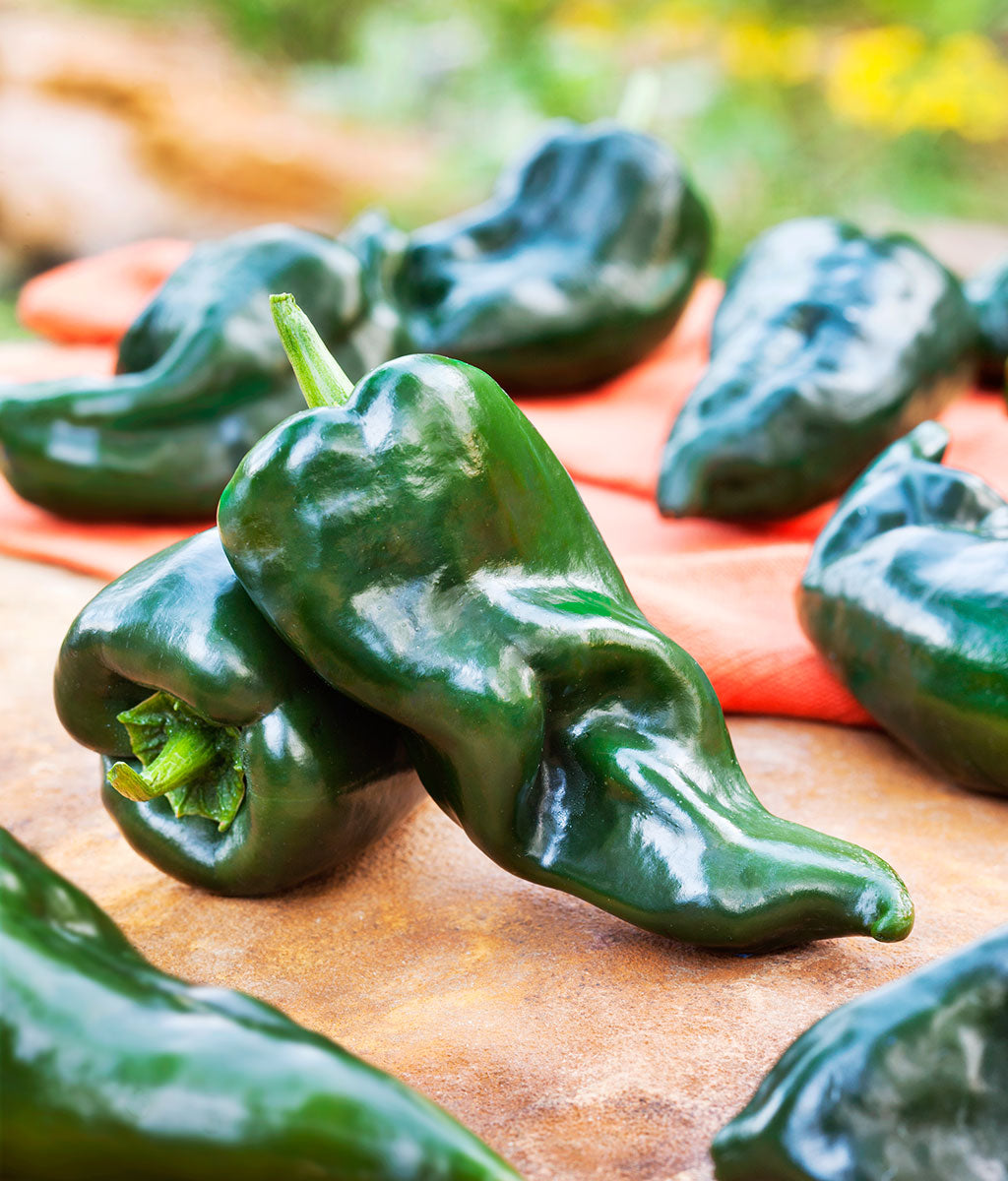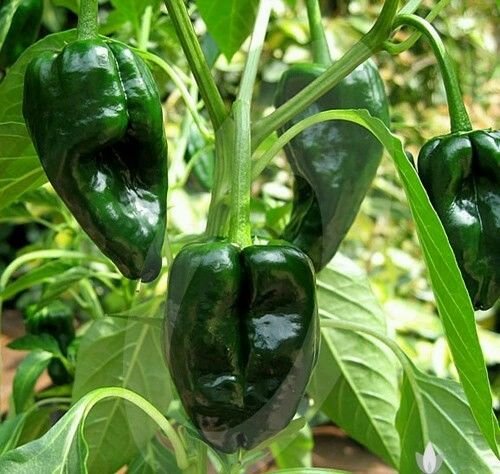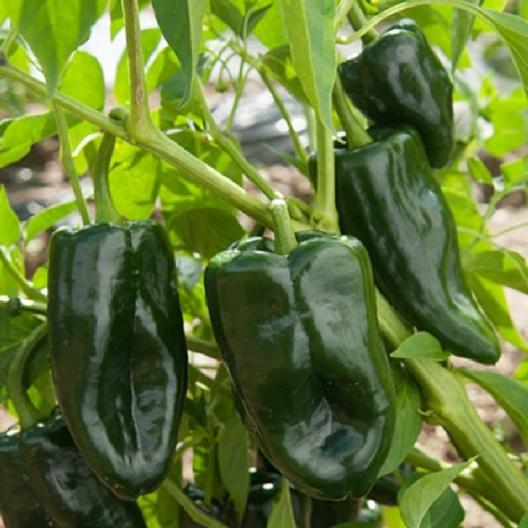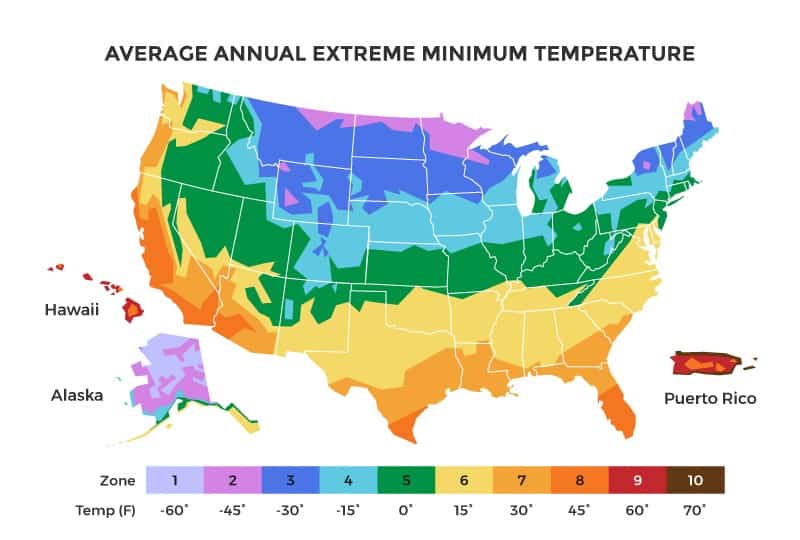


Capsicum frutescens "Ancho"
A popular pepper, especially in Mexican cooking, Anchos are mildly hot and rich in flavor. They are called Ancho or Poblano depending on what color they are and how they are prepared. The dark green fruits are 4” long, heart-shaped, and will ripen to dark red if left to mature. This pepper produces bountiful harvests. They can be grown in containers, however, the plants get quite big so plan accordingly.
Type: AnnualSun: Full
Planting Depth: 1/4”
Spacing: 16”
Water: Moderate
Days to Maturity/Bloom: 70 days
Height: 2-3'
Zones: 3-12
Planting Instructions
Type: AnnualSun: Full
Planting Depth: 1/4”
Spacing: 16”
Water: Moderate
Days to Maturity/Bloom: 70 days
Height: 2-3'
Zones: 3-12
Approx seeds per order 50
Peppers need a long hot growing season, especially if you want to harvest them when they are fully ripe. They can be picked when they are green or later when they are hotter and change color – usually to red, yellow, purple, or orange.
Start seeds indoors 10-12 weeks before the last expected frost in cooler climates. Hot peppers grow well in containers. They can be brought inside to continue growing when temperatures cool outside.
Plant peppers in full sun. The soil must be above 65F before they are planted or transplanted. Sow seeds 1/4" deep and cover lightly with soil. Space plants 12" apart in rows 1-2' apart. In cooler climates, warm up the soil by covering it with black plastic. Peppers need 1-2" of water per week. The longer the peppers stay on the plant, the hotter they will be.
Pepper seeds can take a long time to germinate – up to 2-3 weeks. They will not germinate until the soil is warm enough. For better sprouting results, soak the seeds before they are planted. Put them in warm water and let them sit overnight and then plant them in the morning. Always plant more than you plan on growing as germination rates are notoriously low for most peppers.
USDA Zone Map






